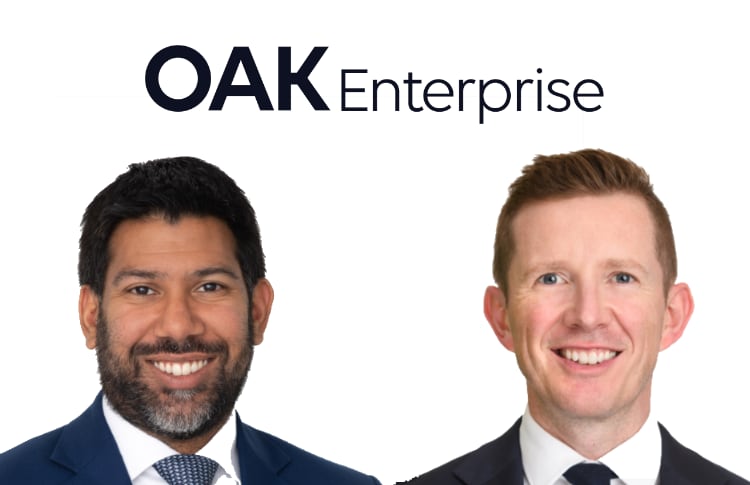
Primary insurers in Florida and elsewhere that are renewing their reinsurance programs for June 1st 2021 are set to come out of the renewal season largely unscathed, as reinsurance pricing faltered and came in below expectations, analysts at JMP Securities have confirmed.As a result, the analysts say some insurers have dodged a bullet, as reinsurance renewal pricing and conditions could and perhaps should have been much worse for them, when you consider their performance over recent accident years.The analysts from JMP Securities reinforce what other teams have been saying, that , and that the renewal outcome would not be as spectacular as hoped for.JMP Securities analyst team said after meeting with Bermudian reinsurers that overall sentiment points the renewals as having been orderly, but that rate increases would be less significant than hoped for, due to reduced demand and excess supply of capital.
JMP’s analyst team describe the June reinsurance renewal rate environment as “modest” with a range of flat to +5% for the best performing ceding companies and +8% to +12% for those that haven’t performed as well.This is “a spread that we believe should be larger given the history of the past several years,” the analysts explained.Adding that, “Bottom line, the primary insurers seem to have come out relatively unscathed from the renewal – deservedly so for some, but luckily dodging a bullet for others.” So while the best performing primary insurers have achieved differentiated pricing at the reinsurance renewals once again, the spread down to the poorer performing carriers is not wide enough, the analysts believe and it seems those worst performers have perhaps benefited the most from the excess capacity and appetite in the market.
“While there was wide agreeance amongst our discussions that the best operators were seeing better pricing/terms and those that have consistently underperformed are facing less capacity and higher pricing, most notably on the loss-impacted lower layers, it does not sound to us like the chasm is very wide – yet we believe results in recent years suggest it should be,” the analysts explained.As a result, the differentiation appears only modest, leading some insurers to “dodge a bullet” as their renewal pricing could, perhaps should, have been higher, the analysts suggest.Interestingly, the JMP Securities analyst team, perhaps unknowingly, point to the need for a better way to clear reinsurance programs and set pricing against actual appetites for risk.
They say, “One reason could be that brokers underestimated the amount of capital in the market eager to upgrade the quality of the insurers they support and went out with firm order terms that were not aggressive enough.We heard of one “high-quality” account that went to market at +5% only to be subscribed 160%.Could have that account filled its program at flat? Maybe, but we will never know.” Taking a different, technology based approach to placing and clearing reinsurance program renewals could have given this important pricing feedback and ended up with both a better result for the carrier, while using reinsurance capital more effectively and allowing reinsurers to really express their risk appetites more clearly, perhaps.
Part of the problem at the Florida reinsurance renewals this year is that a number of insurers have reduced their total insured values (TIV), adjusting their portfolios to compensate for reduced and eroded surplus in some cases.“Several primary insurers with concentrated exposure to coastal areas had a very difficult 2021 that left them in an undercapitalized position.With many already highly leveraged, and equity capital only an option for the small handful of public companies (many of whom are currently trading significantly below book value), many looked to shed TIV (total insured value) in order to reduce capital requirements,” the analysts said.
The result has been reduced demand at higher layers of reinsurance towers for these downsized carriers, which of course is the area of the market where many insurance-linked securities (ILS) funds have been more focused.As we’ve been explaining for a few months, catastrophe bond pricing has been the first to soften this year (), followed by industry-loss warranties (ILW’s), and JMP’s analysts cite, “an active cat bond market, which has been a headwind to pricing in these higher layers.” But, as we also explained, , it seems.It is possible that the market has also seen some over-spill of capital down from the higher layers that have seen so much demand from writers, resulting in more capital targeting lower layers as well and helping the poorer performing insurers to dodge the bullet of more punitive renewal rates this year.
———————————————————————.All of our Artemis Live insurance-linked securities (ILS), catastrophe bonds and reinsurance can be accessed online.Our can be subscribed to using the typical podcast services providers, including Apple, Google, Spotify and more.
Publisher: Artemis








